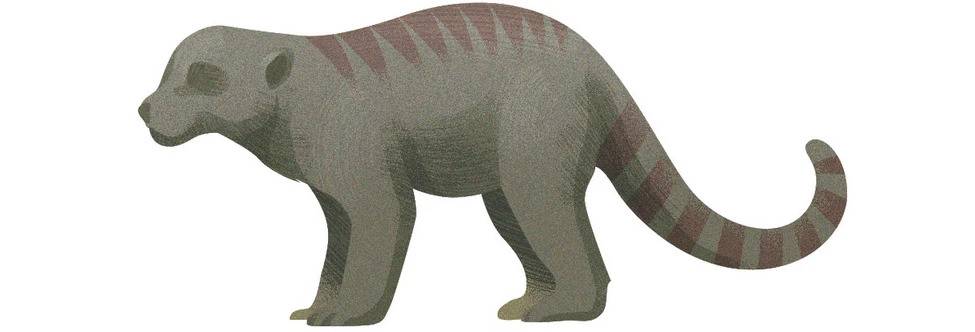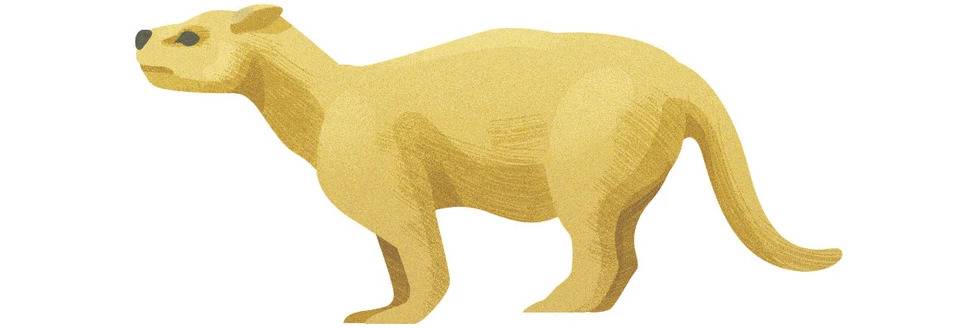Mammals began to appear on our planet millions of years ago, and ancient mammals are strange. Here are some of the strangest mammals that roamed the earth in ancient times.
Morganukodan
Triassic period, about 205 million years ago
Morganocodon was one of the first mammals, and it lived with some of the first dinosaurs. It was the size of a rat and had all the characteristics of mammals: hair, a large brain (compared to reptiles), specialized teeth (incisors, canines, incisors and molars) and highly sensitive ears. It is named after the place where it was found, and its name means “Teeth of Glamorgan”.
Repenomamus
Cretaceous period, about 125 million years ago
Its size is about the size of a badger, its name means “reptile mammal”, and it is one of the largest mammals that lived with the dinosaurs. In the stomach of one of the fossils, small dinosaur bones were found, a final meal that reflects the story that some dinosaurs were truly afraid of mammals.
Simolestes
Cretaceous period, about 66 million years ago
His name means “Cretaceous thief”. This unknown, shrew-like (mouse-like animal) mammal is a very primitive placental (placental) mammal or a close relative of placental mammals. It was one of the mammal species that lived with the last dinosaurs, before the asteroid impact.
Wordmania
Paleocene, about 65.6 million years ago
This herbivorous mammal is a family of “ancient” placental mammals that roamed the earth after the dinosaurs. It is a burrowing animal similar to gargoyle statues (which we see carved into buildings in Europe, America and other countries). This mammal used its large claws to dig in the dirt. Its massive jaw and extended canine teeth allowed it to eat tubers and other hard foods.
Econodon
Paleocene, about 65.6 million years ago
This fearsome animal ruled the early Paleocene because it was a trident and the top predator in its ecosystem. Once the dinosaurs died out, they took over the places where the carnivorous dinosaurs had been in control.
Pantolumpta
Paleocene, about 64 million years ago
An ancient placental mammal, it was one of the first large, plant-eating mammals in Earth’s history. It was about the size of a small cow, with a barrel-shaped chest and large arms and legs.
Peripticus
Paleocene, about 63 million years ago
Peripticus, a member of the mysterious family Candelarthra, which includes both carnivorous plant and animal eaters, has a robust build and hooves on its feet. Hundreds of cnidarians have been described, but classifying them has been difficult. Recent evidence suggests that some of them may have been the ancestors of early horses and cattle.
Scientific focus

“Professional coffee fan. Total beer nerd. Hardcore reader. Alcohol fanatic. Evil twitter buff. Friendly tv scholar.”





